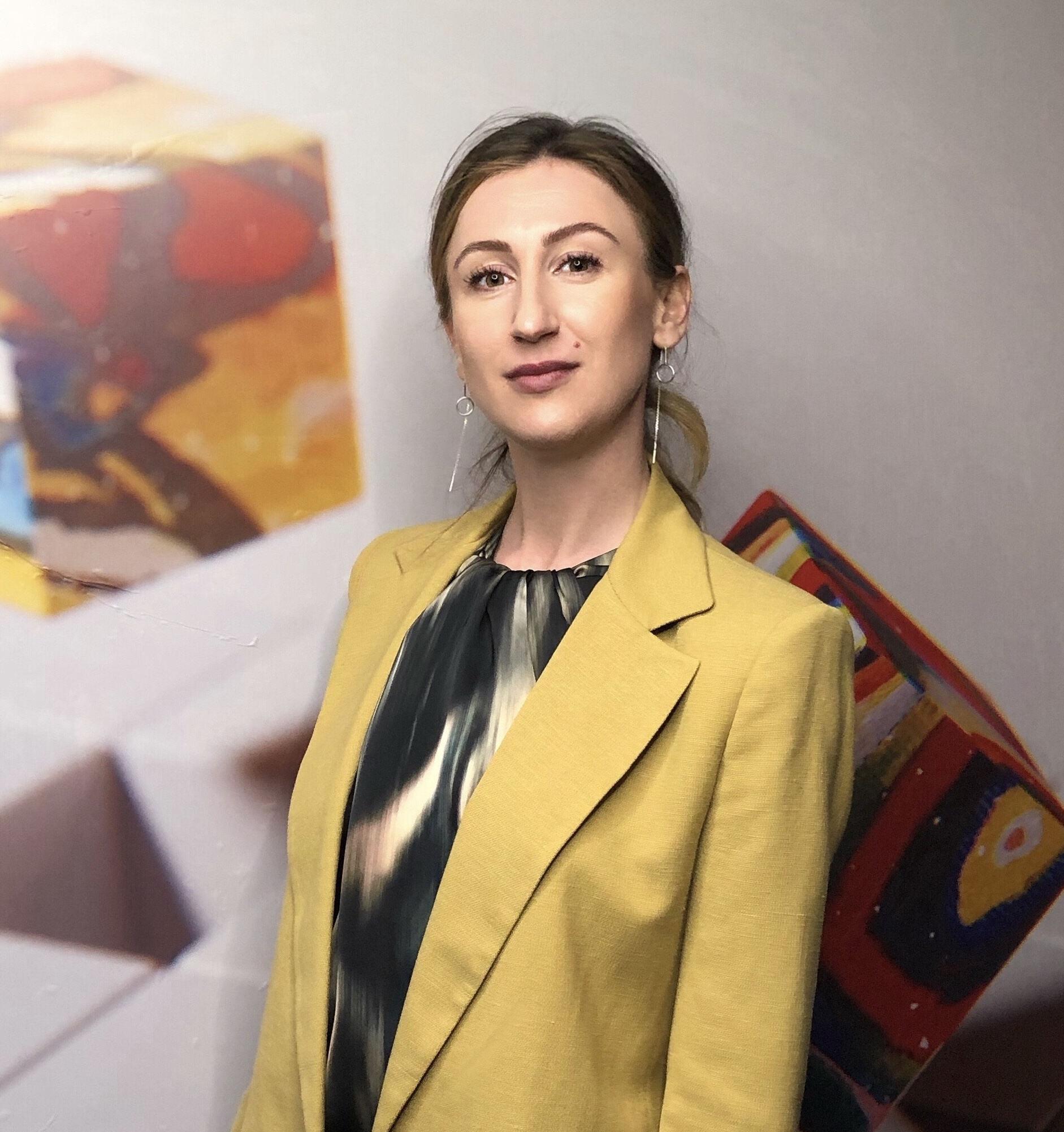1,093 reads
How to Write Text Prompts for AI Image Generators to Get Optimal Results with Ease
by
July 1st, 2024
Audio Presented by

Global communications professional with a degree in cultural studies keen on exploring life-hacking tech solutions
Story's Credibility

About Author
Global communications professional with a degree in cultural studies keen on exploring life-hacking tech solutions